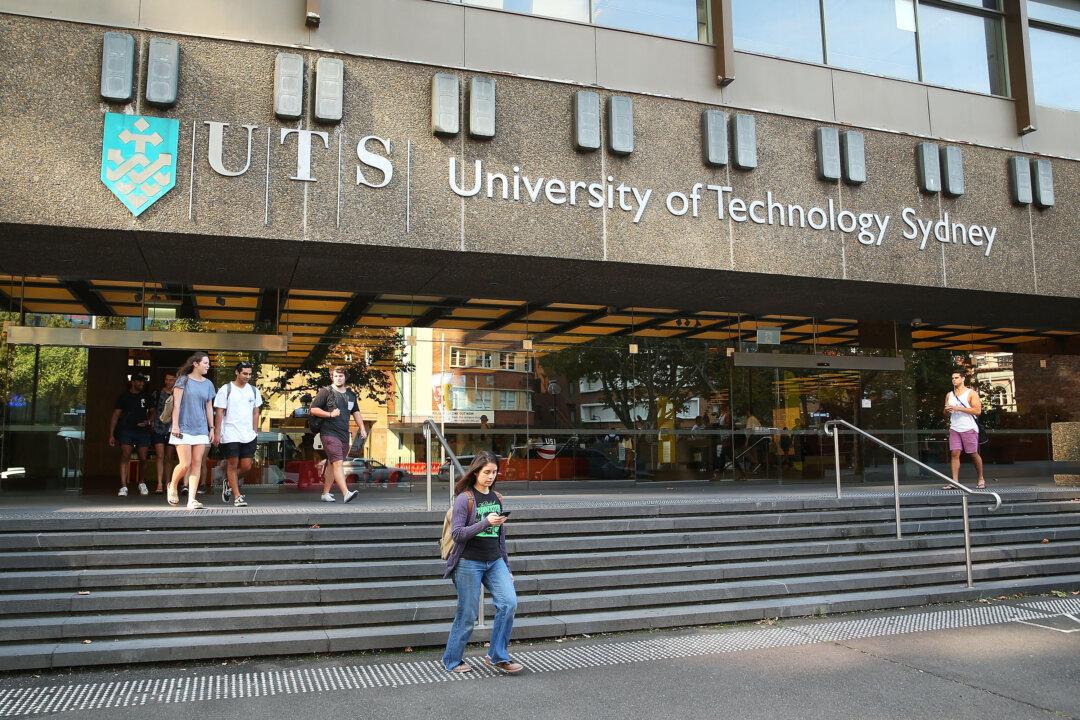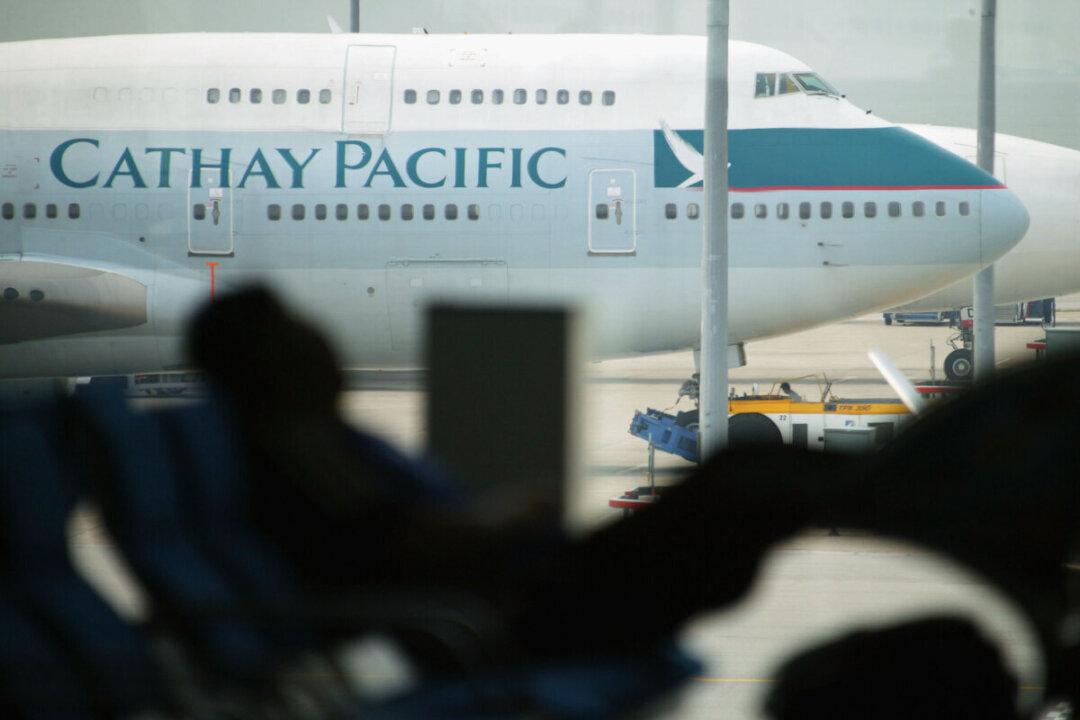Arrivals of international students in Australia have increased in August but have not yet returned to pre-COVID levels.
A total of 48,770 international students arrived in Australia in August, which is 8,120 students higher compared with the same month of the previous year, according to the Australian Bureau of Statistics (ABS). The recent data is 11.3 percent lower than pre-COVID levels seen in August 2019.




